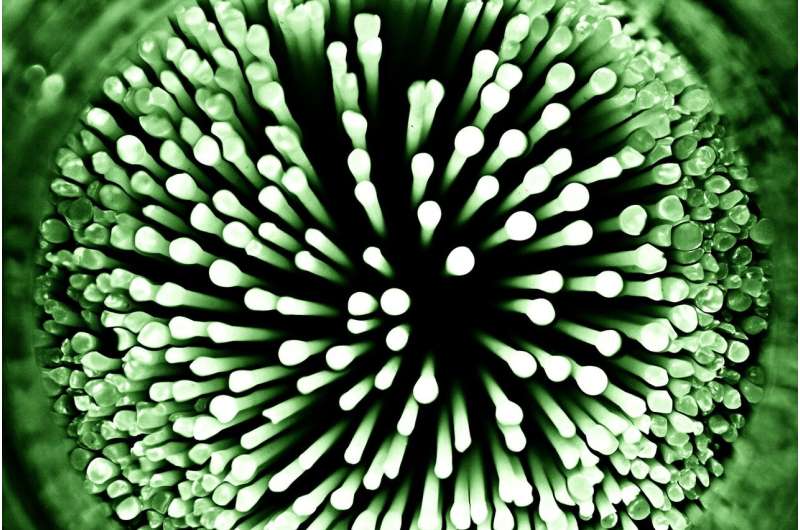Mathematical model predicts effect of bacterial mutations on antibiotic success

Scientists have developed a mathematical model that predicts how the number and effects of bacterial mutations leading to drug resistance will influence the success of antibiotic treatments.
Their model, described today in the journal eLife, provides new insights on the emergence of drug resistance in clinical settings and hints at how to design novel treatment strategies that help avoid this resistance occurring.
Antibiotic resistance is a significant public health challenge, caused by changes in bacterial cells that allow them to survive drugs that are designed to kill them. Resistance often occurs through new mutations in bacteria that arise during the treatment of an infection. Understanding how this resistance emerges and spreads through bacterial populations is important to preventing treatment failure.
"Mathematical models are a crucial tool for exploring the outcome of drug treatment and assessing the risk of the evolution of antibiotic resistance," explains first author Claudia Igler, Postdoctoral Researcher at ETH Zurich, Switzerland. "These models usually consider a single mutation, which leads to full drug resistance, but multiple mutations that increase antibiotic resistance in bacteria can occur. So there are some mutations that lead to a high level of resistance individually, and some that provide a small level of resistance individually but can accumulate to provide high-level resistance."
For their study, Igler and her team gathered experimental evidence that drug resistance evolution follows these two patterns: a single mutation and multiple mutations. They then used this information to create an informed modeling framework which predicts the evolution of 'single-step' resistance versus 'multi-step' resistance in bacteria cells in response to drug type, pharmacokinetics (how the drug decays in the body), and treatment strategies. They investigated how the risk of treatment failure changes when taking into account multiple mutational steps, instead of a single one, and how many different bacterial lineages (bacteria with different mutations) would emerge during the treatment period.
Using their model, the team found that the evolution of drug resistance is limited substantially if more than two mutations are required by the bacteria. Additionally, the extent of this limitation, and therefore the probability of treatment failure, depends strongly on the combination of the drug type and the route of administration, such as orally or via IV infusion.
"Our work provides a crucial step in understanding the emergence of antibiotic resistance in clinically relevant treatment settings," says senior author Roland Regoes, Group Leader at ETH Zurich. "Together, our findings highlight the importance of measuring the level of antibiotic resistance granted by single mutations to help inform effective antimicrobial treatment strategies."
More information: Claudia Igler et al, Multi-step vs. single-step resistance evolution under different drugs, pharmacokinetics and treatment regimens, eLife (2021). DOI: 10.7554/eLife.64116
Journal information: eLife
Provided by eLife



















